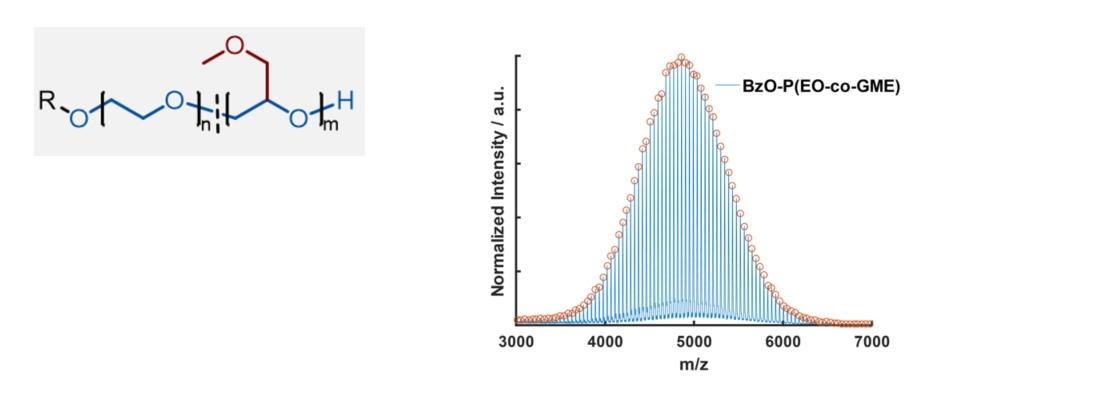Holger Frey1,*,Philip Dreier1, Rebecca Matthes1, Fabian Fuß1, Matthias Bros2, Julian Schmidt1, Dominik Schulz1, Verena Müller1
1Johannes Gutenberg-University Mainz, Duesbergweg 10-14, D-55128 Mainz, Germany
2University Medical Centre, Johannes Gutenberg University, Langenbeckstraße 1, D-55101 Mainz, Germany; hfrey@uni-mainz.de
Poly(ethylene glycol) (PEG) is the gold standard polymer for pharmaceutical formulations and is also at the heart of nanomedicine. PEG plays a key role in conjunction with many nanotherapeutics due to its excellent aqueous solubility and biocompatibility, both for the stabilization of lipid nanoparticles (LNPs) as well as for the widely used “PEGylation” of biotherapeutic molecules or for surface coverage of medical nanocarriers, resulting in the “stealth” effect. [1]. PEG is generally known as a crystalline polymer, which may be undesired for peculiar applications. In addition, it has recently become obvious that anti-PEG antibodies are present in more than 70% of individuals, which can lead to allergic reactions and accelerated blood clearance of PEGylated drugs [2].

Figure 1, left: structure of rPEG copolymers; right: typical MALDI-TOF spectrum of rPEG-sample
We have developed a novel concept for structural isomers of PEG, obtained via copolymerization of ethylene oxide with glycidyl methyl ether (GME). GME of high purity is required for this strategy. The obtained “rPEGs” rely on the ideally random copolymerization of EO and GME and can be prepared by anionic ring-opening copolymerization (AROP) in pharma-grade quality with molecular weights up to 30,000 g/mol and dispersities in the range of 1.03 – 1.08. Figure 1 shows the structure of copolymers of the respective P(EG-co-GME) copolymers formed by anionic ROP copolymerization of EO/GME. The well-defined incorporation of statistically distributed "point mutations" in PEG chains disables antibody recognition and enables to suppress PEG crystallization. We believe that this “isomerization” concept is universally applicable to generate non-immunogenic polymer-conjugated nanotherapeutics. The rPEG copolymers are non-crystalline, when the GME content exceeds 20 mol%, which is a useful feature for several applications in the area of novel degradable biomaterials, resulting from the combination of rPEGs with PLLA.
References
Johannes Gutenberg University Mainz, Germany